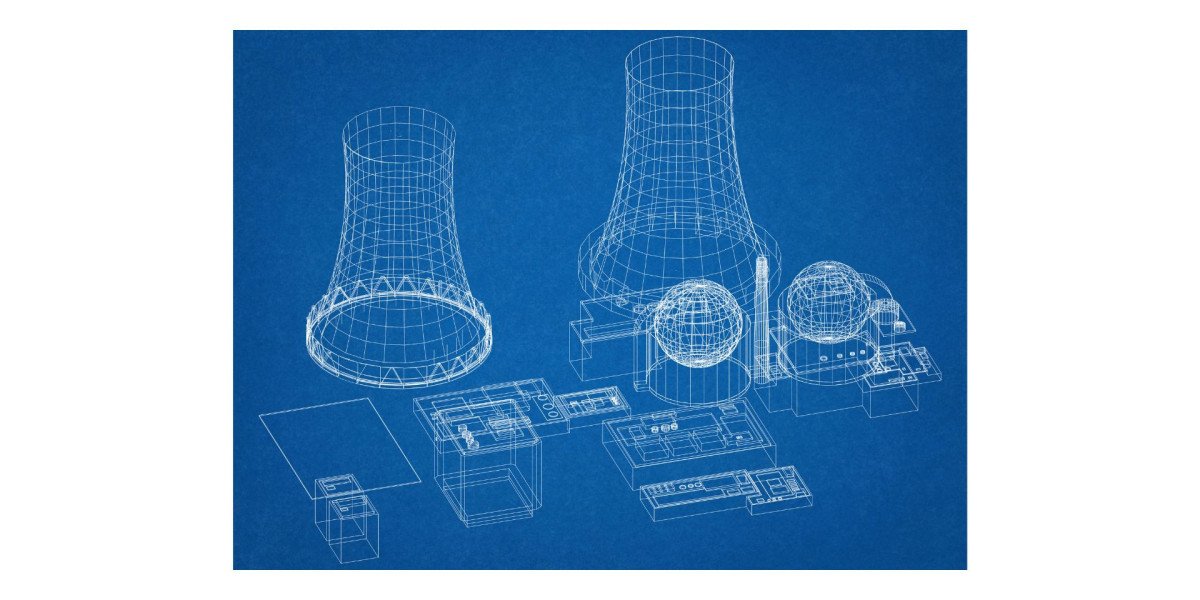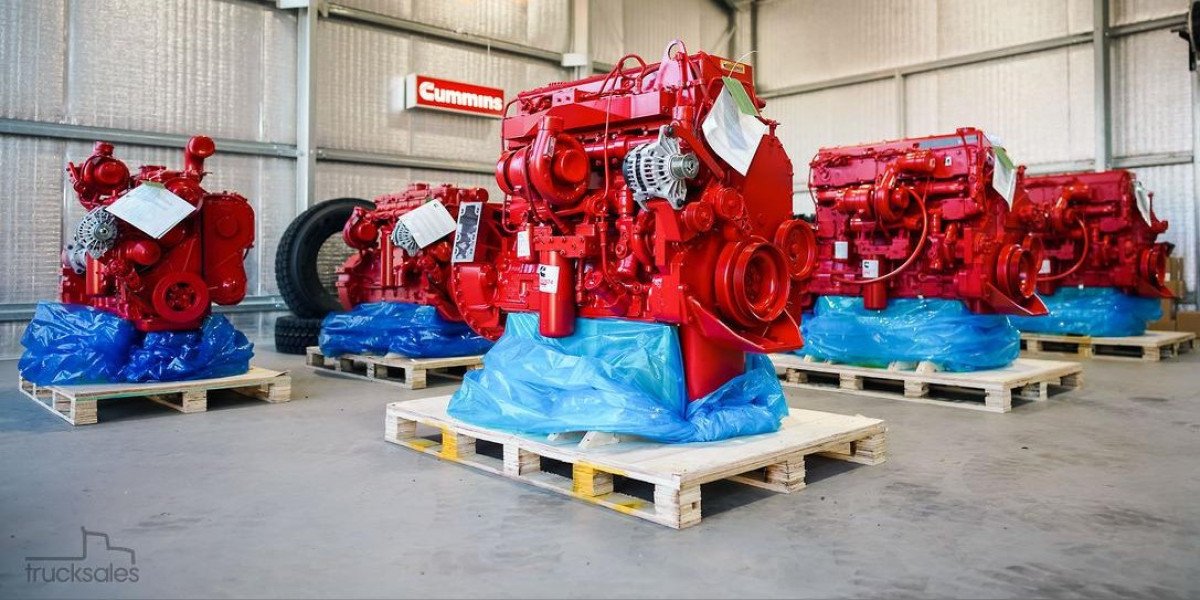The digital world's insatiable appetite for speed and low latency is pushing network infrastructure closer to the user, into street cabinets and onto building rooftops. This migration to the "edge" presents a monumental challenge: how to provide reliable, clean, and affordable power to thousands of dispersed and often unmanned sites. Telecom power systems are at the heart of this challenge, driving innovation in compact design, renewable integration, and autonomous management to ensure the next generation of applications—from autonomous cars to smart cities—has a rock-solid foundation.
The scale of this infrastructure upgrade is significant. According to Straits Research, the global telecom power systems sector was valued at USD 4.36 billion in 2024 and is expected to grow from USD 4.73 billion in 2025 to reach USD 9.09 billion by 2033, growing at a CAGR of 8.5% during the forecast period (2025-2033). This growth is directly correlated with the density of new network deployments and the increasing value of preventing even minor network outages in a hyper-connected economy.
Global Competitors and Strategic Responses
The competitive dynamics are shaped by the need for reliability, efficiency, and adaptability to local conditions.
Eltek (Norway): A specialist in high-efficiency power systems, Eltek has a strong focus on the telecommunications industry. Their recent innovations include the "Flatpack2" rectifier series, known for its exceptional energy efficiency, which is a critical selling point for operators looking to reduce their operational expenditure (OPEX).
ZTE Corporation (China): As a major telecom equipment provider, ZTE offers integrated power solutions alongside its network gear. Their strategy involves providing a single-vendor solution for operators, simplifying deployment and maintenance. Recent updates include smart power systems that can be seamlessly managed through the same platform used for network equipment.
Huawei Technologies (China): Huawei is a dominant force, offering end-to-end solutions from site power to data center energy infrastructure. Their recent focus is on "Zero Carbon" sites, which combine their high-efficiency power systems with solar generation and AI-powered energy management to minimize grid reliance and carbon emissions.
Alpha Technologies (USA): A leading North American provider, Alpha specializes in powering critical infrastructure. Their recent developments are focused on robust outdoor power systems designed to withstand harsh environmental conditions, which is essential for edge sites that lack the controlled environment of a central office.
Country-Wise Updates: In the Middle East, the extreme heat is a primary concern, driving demand for power systems with superior thermal management and batteries rated for high temperatures. In Latin America, where grid reliability can be inconsistent, the focus is on hybrid systems with large battery capacity and generator support to ensure uptime.
Emerging Trends in Power System Design
The design philosophy for telecom power is shifting to meet new realities.
Modular and Scalable Architectures: To accommodate uncertain future load growth, especially at the edge, power systems are becoming modular. Operators can start with a base configuration and add rectifier or battery modules as needed, protecting their initial investment.
AI-Driven Energy Optimization: Artificial intelligence is being applied to power management. AI algorithms can predict energy usage patterns, optimize battery charging cycles to extend lifespan, and even decide the most cost-effective time to draw from the grid versus batteries based on electricity tariffs.
The Rise of DC Power in Data Centers: While traditionally focused on telecom towers, the principles of telecom power are influencing edge data centers. There is a growing trend towards using 48V DC power distribution within these facilities, which is more efficient for powering servers than the traditional AC power, reducing conversion losses.
Sustainability as a Core Design Principle: Beyond just using renewables, sustainability is now embedded in product design. This includes using recyclable materials, designing for easy disassembly, and creating products with a longer operational life to reduce electronic waste.
Recent News and Technological Breakthroughs
The industry is making strides with real-world implementations of new technologies. A recent pilot project in Southeast Asia demonstrated a fully autonomous cell site powered by a combination of solar, hydrogen fuel cells, and lithium-ion batteries, completely eliminating the need for diesel generators or a grid connection. In a significant industry move, a consortium of major telecom operators in North America recently published new specifications for open and interoperable power systems, aiming to avoid vendor lock-in and spur innovation among equipment suppliers.
(Summary Intro Paragraph)
Ultimately, the evolution of telecom power systems is a critical enabler for the full realization of a connected, intelligent world. Its progression from a passive component to an active, intelligent manager of energy reflects the increasing sophistication of digital infrastructure. As networks continue to expand and evolve, the innovation in power technology will remain a key determinant of their reliability, sustainability, and economic viability.







